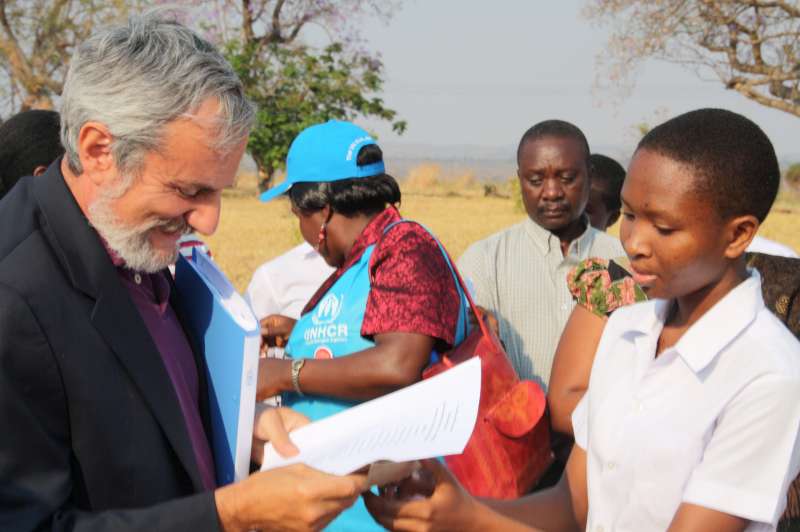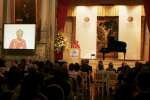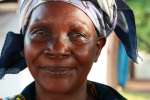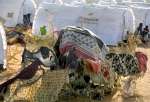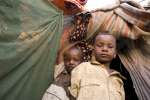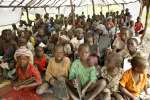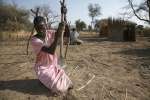UNHCR reaffirms support for integration of 1972 Burundians in Tanzania
News Stories, 29 August 2011
DAR ES SALAAM, Tanzania, August 29 (UNHCR) – A top UNHCR official has reaffirmed the agency's commitment to support Tanzania's integration of tens of thousands of former Burundian refugees who fled their homeland in 1972.
UN Deputy High Commissioner for Refugees T. Alexander Aleinikoff made the pledge during a visit on Saturday to Ulyankulu, one of three settlements where the so-called 1972 Burundian refugees have been living for decades. The Tanzanian government last year granted citizenship to more than 162,000 of them, but it plans to close the settlements and integrate the Burundians in other regions of the country.
Aleinikoff praised Tanzania for its "unprecedented and tremendously generous policy." He said that "finding durable solutions for these types of protracted situations is never easy," while adding that "UNHCR and the entire international community are committed to supporting the integration of the newly naturalized Tanzanians."
The Deputy High Commissioner discussed the future with several newly naturalized residents during his visit to Ulyankulu in western Tanzania, including Kisomera Zebedayo Kanindo and his family.
Kanindo said that when he first heard about the government decision to give the 1972 Burundian refugees the option of returning home – some 54,000 decided to repatriate – or becoming naturalized citizens, he ran home to tell his wife and six children.
The farmer is now waiting to move to another region of Tanzania under the government's strategy to locally integrate its newest citizens and close the chapter on one of Africa's most protracted refugee situations.
Kanindo knows that he faces many challenges in starting a new life. "I am worried about access to schooling for my children and about where I'm going to live, but mostly I worry about what I can grow and when I will move," he told Aleinikoff.
But he was also proud and happy. "We are good and hard-working people and we are proud to be Tanzanians," he stressed.
Aleinikoff assured those he met at Ulyankulu that UNHCR would help to ease their transition. "Being uprooted is always difficult and nobody understands this better than refugees," he noted.
As part of the relocation plan, UNHCR will provide financial support to the new citizens and will work with the government and UN development partners to ensure that they can send their children to school, access local services and receive formal certificates of citizenship.
During his four-day visit to Tanzania, the Deputy High Commissioner also visited the Mtabila camp for Burundian refugees in Kigoma region. The government plans to close the camp at the end of the year. The residents fled their country in the 1990s.
By Jerome Seregni in Dar es Salaam, Tanzania




